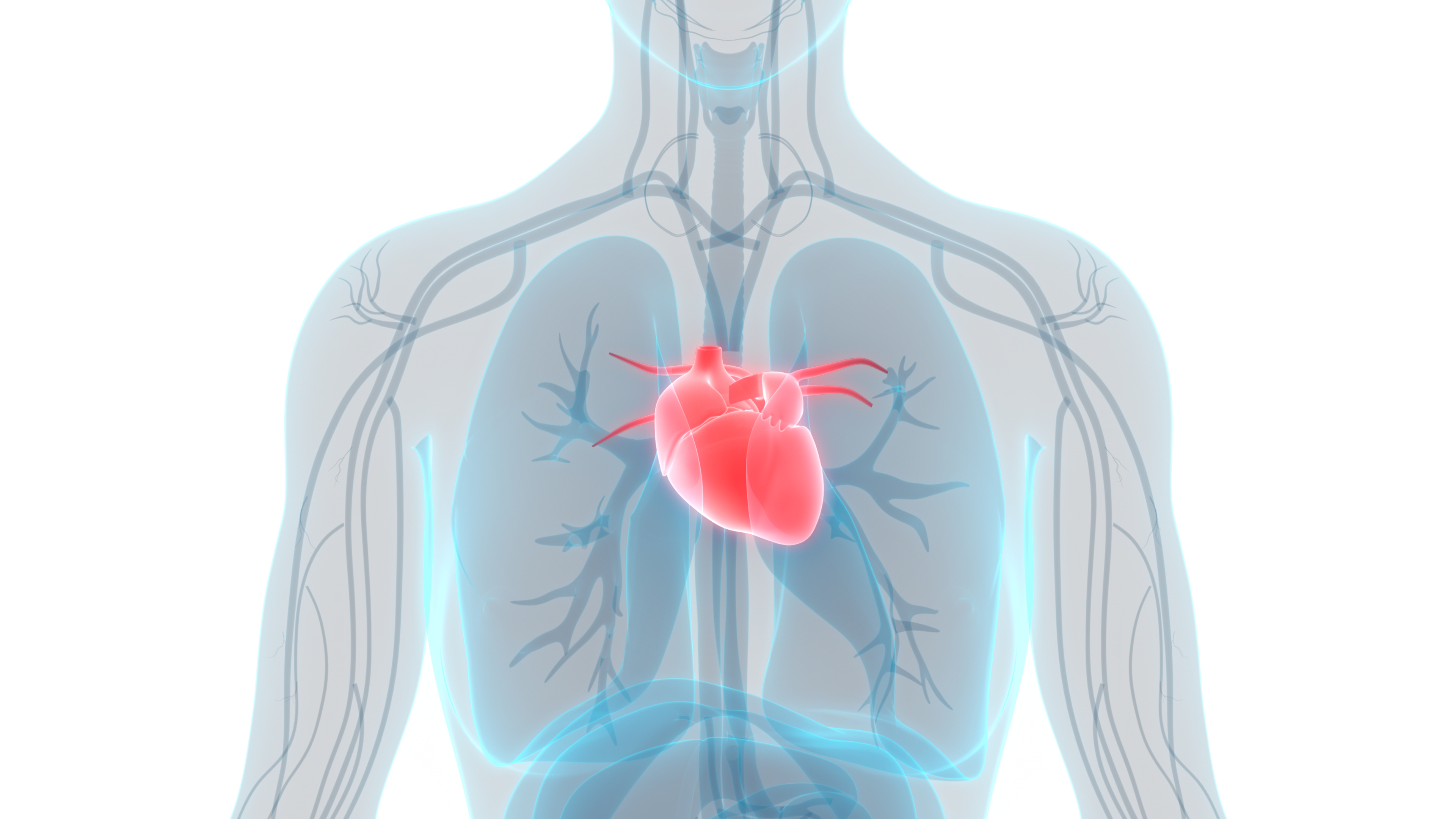teaser
On the eve of World Cancer Day, Vifor Pharma notes the publication of an observational study in routine oncological and haematological settings encompassing anaemic and iron-deficient patients with a wide variety of tumours (420 subjects, efficacy population).
The study was recently published in the peer-reviewed journal Annals of Oncology. It contains the largest dataset published to date with Ferinject® (ferric carboxymaltose) using real-life data. The treatment with Ferinject® alone resulted in a substantial increase in haemoglobin (Hb) levels (median 1.4 g/dL) during the period of the study. Hb levels improved steadily and remained stable ( > 11 g/dL) from week 5 onwards.(1) These important results follow a review by Aapro et al(2) highlighting the prevalence, appropriate diagnosis and management of cancer-related anaemia.
World Cancer Day is observed every February 4th, under the patronage of the International Agency for Research on Cancer (IARC) and the World Health Organization (WHO). Preventing cancer, improving treatment and raising quality of life for cancer patients are recurring themes. Iron deficiency is prevalent in patients with cancer, ranging from 32% to 60%.(2) If not treated, it may lead to anaemia.(3) This is a frequent and serious complication, especially in those receiving chemotherapy.(4,5) Anaemia can affect the quality of life (QoL), energy and physical function,(1,5–7) as well as performance scores(7) and therapeutic outcomes.(5) Increased or higher Hb levels are associated with improved QoL, using a variety of different measures.(6)
“Even though iron deficiency and anaemia are present in the majority of patients with cancer going through chemotherapy, they are frequently not addressed,” said Mario Dicato MD, FRCP, attending clinician of Haematology-Oncology Service and head of the ‘Research in Cancer and Blood Disorders’ in the Centre Hospitalier de Luxembourg. “Their high prevalence suggests that these complications may need more attention in clinical practice, including a careful assessment of iron status parameters, such as ferritin and TSAT (transferrin saturation), for a prompt diagnosis and appropriate treatment as well as to exclude other causes of anaemia.”
In medical practice, chemotherapy-induced anaemia is frequently treated with erythropoiesis stimulating agents (ESAs) and/or blood transfusions.(1) Further to relieving anaemia symptoms, a crucial aspect of the treatment evaluation is to potentially reduce transfusions and/or ESAs requirements.(1)
Guidelines, such as the European Organisation for Research and Treatment of Cancer (EORTC), recommend the treatment of the underlying causes of anaemia, such as iron deficiency, before initiating ESAs.(8) The National Comprehensive Cancer Network (NCCN) considers intravenous iron to be more effective than oral iron.(9)
The recently published study reflects the findings in a large dataset of patients with cancer. These indicate the effectiveness and tolerability of Ferinject® without additional ESAs in improving and stabilising Hb levels in iron deficient subjects. The median total iron dose was 1000mg (interquartile range 600, 1500mg). The median Hb level of Ferinject®-treated patients improved and stabilised above 11g/dL after 5 weeks of first administration. The median Hb increase was statistically significant (<0.0001) and similar in patients receiving Ferinject® alone or in combination with ESAs (1.4 vs 1.6 g/dL). In a survey evaluating satisfaction with Ferinject®, efficacy and tolerability were rated as ‘very good’ or ‘good’ in 97.4% and 81.0%, respectively, out of a total of 390 completed questionnaires.(1)
“The results of this study suggest that cancer patients may benefit from the normalisation of their iron status, in particular when Ferinject® is used as monotherapy to address iron deficiency and chemotherapy-induced anaemia,” Mario Dicato added. “This means that the comprehensive care of oncological patients would need to include a thorough assessment of the iron status prior to the initiation of the chemotherapy cycles. Although this is a relatively new field, there is a growing body of evidence on the significance of iron in patients with cancer, which needs to be further assessed to allow its inclusion in clinical protocols, evidence-based recommendations and guidelines.”
References
- Steinmetz T et al. Ann Oncol 2012; doi:10.1093/annonc/mds338
- Aapro M et al. Ann Oncol 2012;23:1954-65
- Crichton R, Danielson B, Geisser P. Iron Therapy With Special Emphasis on Intravenous Administration. UNI-MED Verlag AG, Bremen: 2008
- Barni et al Oncologist 2012; ; 17:715-724
- Hurther B. Clin J Oncol Nurs. 2007 Jun;11(3):349-59.
- Ludwig H, Van BS, Barrett-Lee P et al. Eur J Cancer 2004; 40: 2293-2306.
- Crawford J, Cella D, Cleeland CS et al. Cancer 2002; 95: 888-895.
- Aapro MS et al. Oncologist 2008; 13 Suppl 3: 33-6
- National Comprehensive Cancer Network. NCCN Clinical Practice Guidelines in Oncology (NCCN Guidelines®). Cancer- and Chemotherapy-Induced Anemia. Version 1.2013. Available at: http://www.nccn.org (last accessed August 2012).

